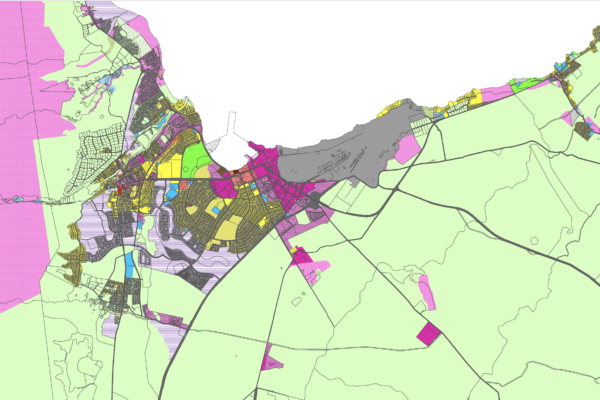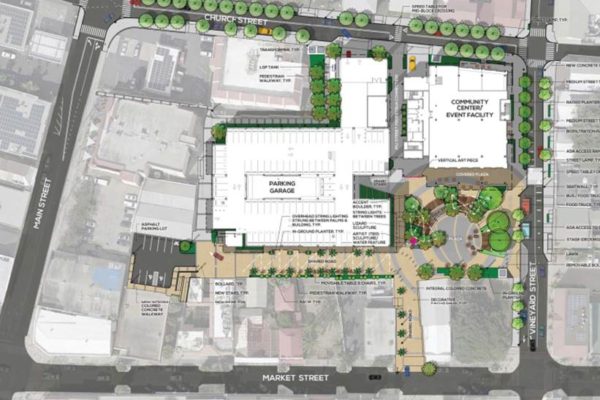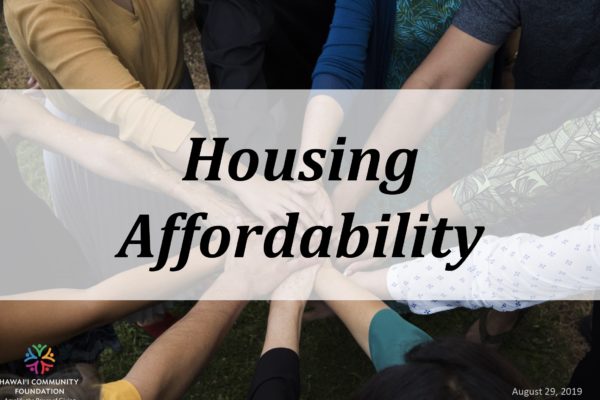After seven long years, our Maui County Council anticipates completing its most important legislation in over a decade. The council hopes to adopt the Maui Island Plan today.
During the last few months, the council has transformed the MIP from a growth management plan to one of growth promotion – away from the expressed wishes and needs of Maui residents and toward the desires of developers and large landowners.
The plan’s evolution began when the county funded an extensive islandwide survey of residents. Thousands responded, giving their hopes and suggestions for Maui’s future. Citizen input was then utilized by the county’s planning professionals to develop a draft plan.
The council and the mayor then appointed a 25-member General Plan Advisory Committee made up of a diverse group of countywide volunteers to review that plan.
The GPAC held numerous public hearings in every district – in the evenings or on Saturday mornings. Hundreds of residents and community associations clearly told GPAC that they wanted certain elements within the plan: adequate affordable housing for local residents; county and state infrastructure costs controlled by building compact, efficient communities; housing located near jobs; the supply of housing units matched to the demand for housing; green belts separating one community from another in order to retain separate identities; areas to be provided for growth while leaving other areas protected; livable and walkable communities; protection for agricultural lands; and special protection for areas of cultural importance and/or scenic beauty.
GPAC also heard from large landowners and subsequently modified the Planning Department’s draft plan to incorporate all input. The plan included policies, action items and growth boundaries to guide development.
The Maui Planning Commission did much the same as GPAC, gathering additional community feedback and recommending its own independent plan proposal. All recommendations then went to the County Council, which has now spent three years reviewing and modifying the Maui Island Plan.
Unfortunately, during the last few months, the council has been persuaded by large landowners and developers to considerably expand the original proposed growth boundaries even though those original boundaries efficiently provided for an adequate supply of housing. The council’s proposed plan now allows separate communities to merge into large urban areas, thereby losing each town’s unique character.
In Central Maui, the Pu’unani project is being allowed to eliminate all open space between Wailuku and Waikapu. Upcountry, the council is adding 330 acres to Haliimaile despite no indication from the landowner as to what it’ll construct. In South Maui, the council plans to add 390 acres to Makena Resort’s already fully entitled 2,700-plus units.
Perhaps most distressing is the removal of protected areas from the maps of the Maui Island Plan. Protected areas included parks, greenways, sensitive lands and greenbelts. This concept is commonly used throughout Hawaii and elsewhere, yet our council now recommends these lands be shown merely as diagrams, thereby greatly reducing the county’s ability to fully protect them. All the protected areas should be given the security they deserve by designation on maps showing where growth should and should not occur.
Some council members have stated that the plan needs more grass-roots input and that future community plan updates are where the real decisions will be made. Ironically, with the changes of the last few months these same council members now support a plan that rejects the very recommendations put forth by our communities.
So, 2012 closes with a 20-year plan heavy with unneeded urban development areas likely to result in skyrocketing public infrastructure costs shouldered by Maui taxpayers and no guarantee of the county’s commitment to green space and protected areas. One has to wonder what, if any, real decisions will be left to make when our community plans come before the community and why so much that was good in the GPAC and planning commission’s recommended plan has simply been cast aside?
* Irene Bowie is the executive director of Maui Tomorrow Foundation.



